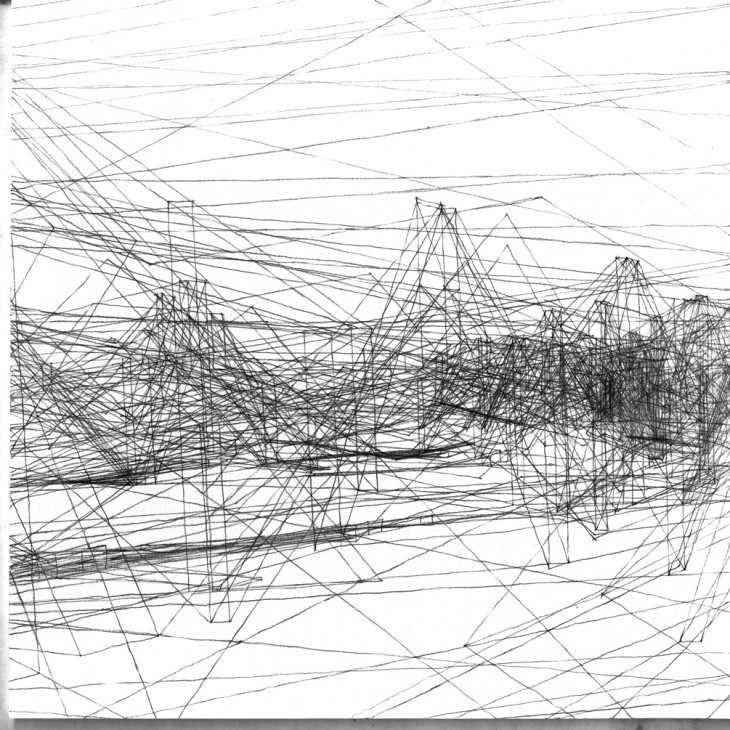Differentiation and complexity of our society brings a constant demand for development of new techniques and tools, which will enable for visualization of harmonious interaction between the physical form and it’s inhabitants. Parametricism is a new way of perception, developed as a style that consists of shared data of correlations between regional elements and their values.
Efficiency of connections that don’t loose accuracy while applied to different scales becomes a unique strategy that is free of boundary and without repetitive characteristics. Moreover possibility of reconfiguration in response to varying and changing patterns allow for suppressed yet compound adaptation.
Unlike Corbusier insistence on reaching classical geometry order between connections, parametricism perceive self-organisation in a hidden mathematical regularity that takes its inspiration from biological forms.
Each style should have of core of negative and positive guidelines that are rooted in preserved past methodologies. When applied to urban scale where density calls for complexity articulation, fundamental configurations break down into primary, direct, minimal routes and elements that enhance correlation. Deformation articulates multi system differentiation and deviates from redeeming adaptations.
Donkey’s path represents a line of connections with least resistance, instead of following rational steps the movement is unplanned and has a free flow between encountered obstacles. Since each is unique and rich of complexity implementation of accuracy and correlation has to be backed up by new values in form of styles and technologies.
Parametricism brings to design a systematic innovation that can be applied in principal at any time, at any place. The style is recognized by its aesthetic and connection efficiency, yet can it be applied despite varied cultures and atmospheres of particular place? Can we create styles that apply to our rational decision making while finding a way or that reflect and enhance sociological perception of space?

